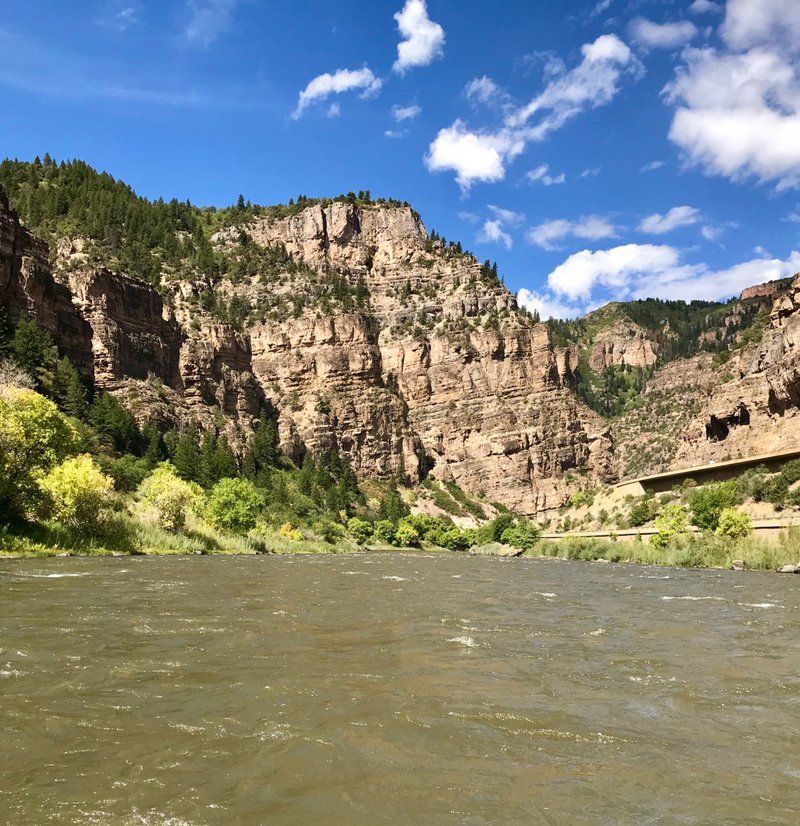The last couple of years were nothing short of unprecedented with the lingering global pandemic, political and social unrest, as well as natural disasters that put people out of their homes and devastated animal habitats across the world. We’ll leave the former to the historians to dissect and communicate to the public. However, we’d like to discuss the impact of recent natural disasters that have occurred in our home state of Colorado on trout habitat. While there are a plethora of topics that fall under this theme, we’re going to focus on mudslides and what they mean for our fisheries.

While it might be fairly obvious, a mudslide is a mass of swiftly moving mud and rock that is triggered by sustained periods of heavy rain. There are a number of things that can cause a mudslide. However, forest fires leave behind near perfect conditions for mudslides when coupled with rain. Tree roots hold the soil and vegetation in place which when burned to ash can lead to erosion and ultimately mudslides. In the last couple of months, there have been a number of mudslides across the state, most notably in Glenwood Canyon and Poudre Canyon, where wildfires wreaked havoc in years past. As a result of the mudslides, homes and roads were destroyed, leaving residents and visitors stranded and some of our favorite watersheds filled with debris. Not only that, the rivers themselves were altered. The Colorado River, for example, is far more narrow in stretches of Glenwood Canyon than it was before. Alteration of a rivers course will undoubtedly have an impact on trout, but there are a number of additional concerns to consider as well.
At this point, it's not entirely clear what impact the recent mudslides will have on trout ecosystems as the CPW has yet to fully vet the situation. However, we can speculate based on the historical tendencies of mudslides that there will be lingering consequences for years to come. In general, mudslides have a hard time crossing rivers. So when a slide occurs it tends to settle in the closest waterway. As a result, large quantities of silt, sediment, ash and, in some cases, heavy metals enter the river making it difficult or impossible for trout to oxygenate (breathe). Depending on the amount debris that entered these rivers, it’s very possible we will see a decline in current and future trout populations. Additionally, the silt and sediment will settle over time onto rocks and boulders of the river, which will prevent aquatic bug life (trout food) from hatching. Neither of these consequences are conducive to trout survival.
At this point, trout have already witnessed a substantial amount of trauma and are under enough stress. From a conservation standpoint, it is in our best interest to refrain from fishing the sensitive areas downstream of where the mudslides occurred until further information is released regarding the impact. Again, we don’t yet know the full impact from any of the recent mudslides. However, based on the impact the Hayman Fire and preceding mudslides had on Cheesman Canyon and Deckers, it is safe to say that it will take time before these rivers return to a productive and healthy state.
